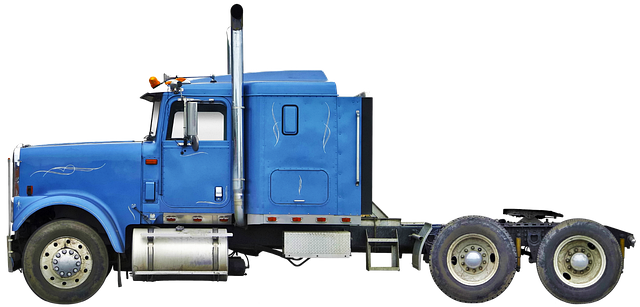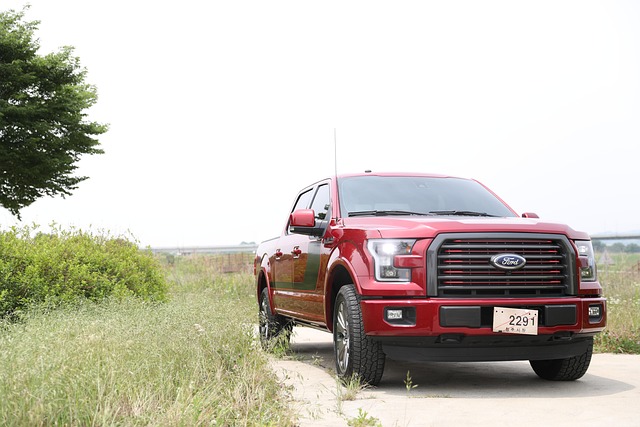Looking to register your car in California? This comprehensive guide walks you through every step, from understanding essential requirements to securing your vehicle’s unique VIN verifier. We’ll detail the necessary documents, navigate visiting a DMV office, and complete the application process efficiently. Plus, learn about registration fees and get your customized license plate. Streamline the process today!
- Understand California Car Registration Requirements
- Gather Necessary Documents for Vehicle Registration
- Visit a California Department of Motor Vehicles (DMV) Office
- Complete the Vehicle Registration Application Process
- Pay the Required Registration Fees and Obtain Your Plate
Understand California Car Registration Requirements

Before registering your car in California, it’s crucial to understand the state’s specific requirements. One key aspect is ensuring your vehicle has a valid VIN (Vehicle Identification Number) inspection. California requires all vehicles, whether new or used, to undergo a vin inspection to verify its authenticity and history. This process helps prevent fraud and ensures safe roads for everyone.
For convenience, many drivers opt for mobile vin verification services, which allow you to complete the vin inspection right from your location. These services use advanced technology to cross-reference your vehicle’s VIN with databases, providing instant and accurate information about its history. This not only saves time but also streamlines the registration process, making it easier for both new and returning California drivers.
Gather Necessary Documents for Vehicle Registration

Before registering your car in California, ensure you have all the required documents ready. The process typically involves several key pieces of information and verifications. One crucial step is to obtain a Vehicle Identification Number (VIN) inspection using a reliable mobile vin verifier or mobile vin verification service. This digital inspection provides a secure and accurate read of your vehicle’s unique VIN, which is essential for identifying the car’s make, model, year, and other critical details.
Gathering these documents early simplifies the registration process. Besides the VIN inspection report, you’ll need to provide proof of ownership (a title or bill of sale), a valid driver’s license or state ID, and possibly insurance documentation. It’s advisable to double-check with the California Department of Motor Vehicles (DMV) for any additional requirements specific to your vehicle type or situation.
Visit a California Department of Motor Vehicles (DMV) Office

To begin the process of registering your car in California, one of the first steps is to visit a local California Department of Motor Vehicles (DMV) office. This is where you’ll be able to initiate the registration process and complete necessary paperwork. Bring along all required documents, including proof of ownership, identification, and any relevant insurance information.
At the DMV, you’ll need to undergo a Vehicle Identification Number (VIN) verification, which can often be done at the counter or through a mobile VIN inspection service. This step is crucial as it ensures that your vehicle’s details match the provided records, enhancing the accuracy of the registration process.
Complete the Vehicle Registration Application Process

To complete the vehicle registration application process in California, you’ll need to gather several essential documents and pass a VIN (Vehicle Identification Number) verification step. Start by acquiring the necessary paperwork from your local Department of Motor Vehicles (DMV) office or downloading it from their official website. You’ll require proof of identification, ownership, and insurance. The VIN inspection is a crucial part of this process, and you can facilitate this with either a mobile VIN verifier or through a traditional inspection at a DMV facility.
Using a mobile VIN verifier can streamline the process, allowing you to check your vehicle’s history and ensure it meets California’s registration standards remotely. This method is convenient for busy individuals who prefer digital solutions. Alternatively, if you opt for a traditional VIN inspection, visit a DMV office where an agent will conduct a thorough verification of your car’s details and documents. Ensure all information is accurate and up-to-date to pass this step successfully.
Pay the Required Registration Fees and Obtain Your Plate

After completing your vehicle’s inspection and ensuring it meets all the necessary standards, the next step is to pay the registration fees. In California, these fees vary based on factors like the type of vehicle and its age. You can either register online through the DMV website or visit a local field office to complete this process. When registering, you’ll need to provide your Vehicle Identification Number (VIN) which serves as a unique identifier for your car. Many services now offer mobile VIN verification and inspection, allowing you to complete this step conveniently without visiting a location.
Once your payment is processed, the DMV will issue your vehicle registration and license plate. You’ll receive these documents in the mail, or, again, you can opt for faster delivery through various online services that provide mobile vin verifier capabilities. It’s crucial to display these plates on your vehicle as per California’s regulations, typically on the front and rear of your car. This step completes the registration process, making your vehicle legally recognized and ready for road use in the Golden State.
Registering your car in California is a straightforward process that involves understanding key requirements, gathering essential documents, visiting a local DMV office, completing application forms, and paying fees. By adhering to these steps and utilizing tools like a VIN verifier, you can ensure a smooth registration experience. Remember to keep your registration up-to-date to avoid penalties and maintain legal compliance on California’s roads.
